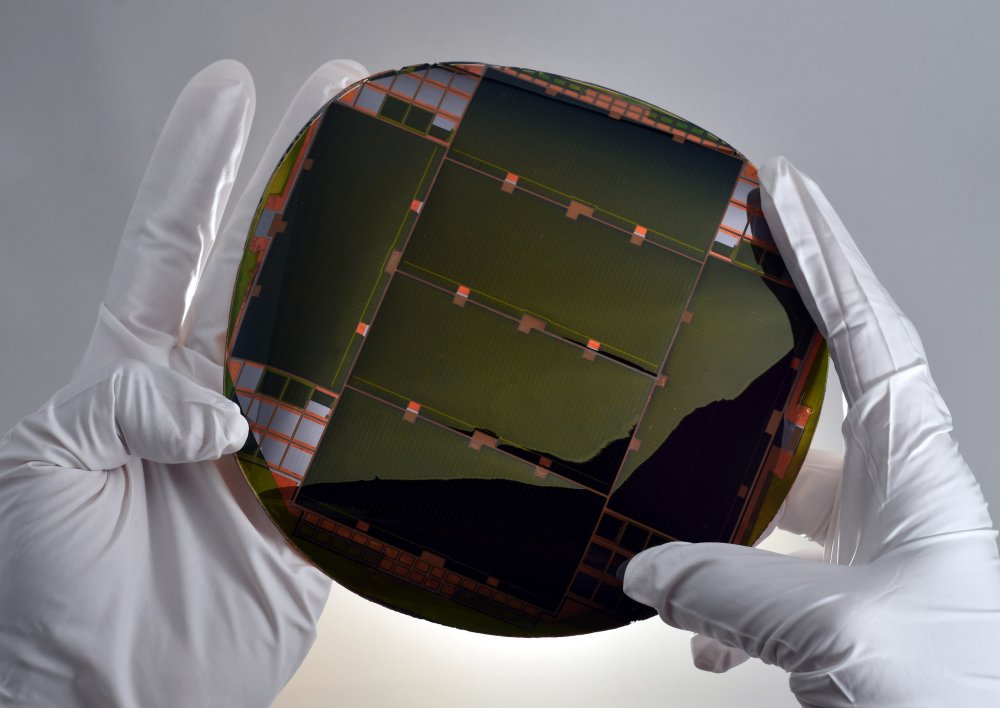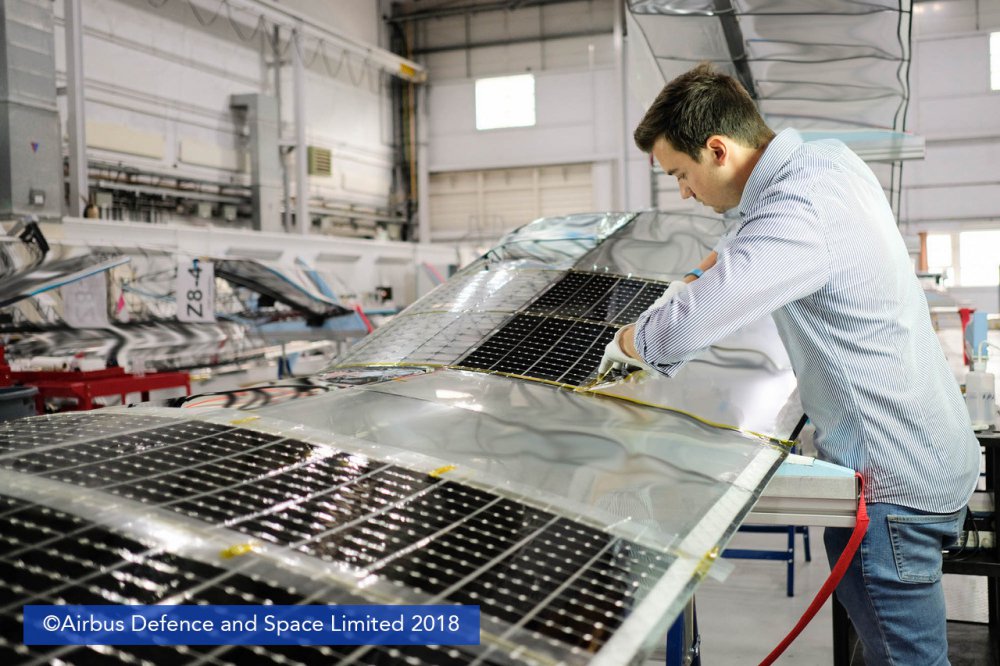s extends its congratulations to the Zephyr team of Airbus Defence and Space for the successful launch and landing of the maiden flight of the next-generation Zephyr UAV that flew more than 25 days continuously without refuelling, setting a new long-endurance flight record.
The Zephyr platform is a new class of unmanned air vehicle that operates as a high-altitude pseudo-satellite (HAPS) enabling affordable, persistent, local satellite-like services. Running exclusively on solar power, the Zephyr aircraft holds world records for absolute endurance as well as altitude, flying at 70,000 feet or higher. This stratospheric platform can fly for months at a time and combines the persistence of a satellite with the flexibility of an unmanned aerial vehicle (UAV). It is expected to be used in a wide range of emerging applications including maritime surveillance and services, border patrol missions, communications, forest fire detection and navigation.

MicroLink’s ELO-based IMM solar cell technology allows light weight, flexible, and very high efficiency solar sheets enabling the Zephyr to fly uninterrupted in the stratosphere
MicroLink Devices provides a lightweight and flexible, high-efficiency solar sheet technology that is an enabling technology for electrically powered UAVs and satellites that have significant area and weight constraints. The combination of high-efficiency and low mass enabled by MicroLink’s epitaxial lift-off (ELO) inverted metamorphic multi-junction (IMM) solar cells provides superior performance unmatched by any other solar cell technology. The latest generation of MicroLink solar sheets has specific powers exceeding 1,500 W/kg and areal powers greater than 350 W/m2. The development of MicroLink’s ELO technology was sponsored over the past decade by numerous US agencies including NASA, DARPA, the Air Force Research Laboratory, the Office of Naval Research, NAVAIR, Army Research Office, Army REF, CERDEC, and the Department of Energy/NREL.
“We are very grateful to have had the opportunity over the past decade to participate in the Zephyr development effort,” said Dr. Noren Pan, President and CEO of MicroLink Devices. “The recent Zephyr flight is a remarkable accomplishment by Airbus and is an exciting beginning to a new stratospheric unmanned aircraft platform. It also represents the first long-endurance flight of a HAPS aircraft powered by ELO IMM solar cells and an important validation of this technology.”
Sophie Thomas, Airbus HAPS Program Director stated, “Our collaboration with MicroLink Devices in the application of their ELO solar sheet technology to the Zephyr has been important to the success of the HAPS program. The high specific power of MicroLink’s solar sheets enables the Zephyr to fly uninterrupted in the stratosphere which would not be possible with lower performance solar cell technology. This will further extend the capability and utility of the Zephyr platform for our customers.”
Top Photo: Airbus engineer applying MicroLink’s advanced solar sheet arrays onto the Zephyr S wing surface.
Source: Press Release

